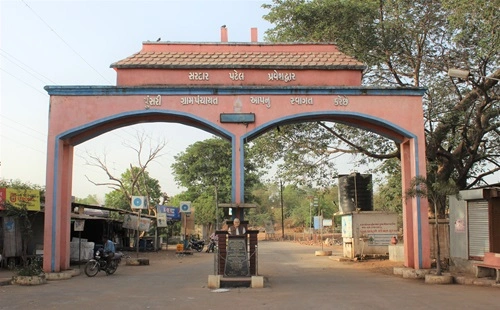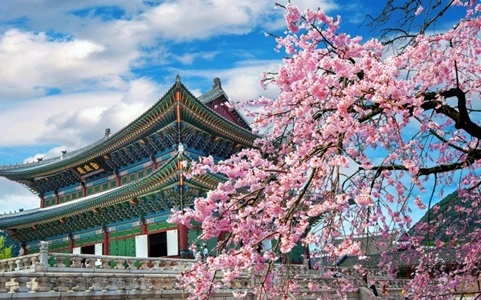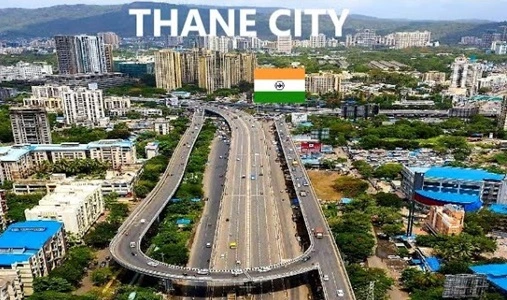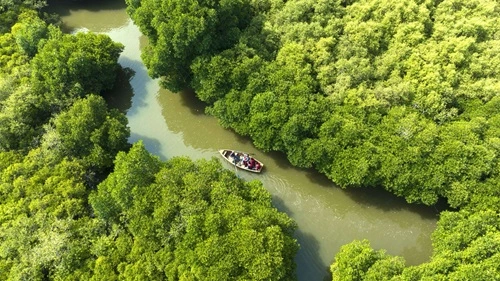Rich villages? That’s a thing? Yes, just like the richest countries, states, and cities, there are rich villages as well, especially right here in India. Though there isn’t a set metric that can tell you about which village is the richest, but there are certain indications that give it off that a particular village is much better in terms of different things than other villages in the country, and that’s pretty much the metric for this. So, if you always wondered like which are the richest villages in India, then you should not be skipping past today’s post, and that’s just because we’re here to list the top 10 richest villages in India as of 2025. Alright then, let’s just get to the list right away, shall we?
1. Madhapar, Gujarat

Famed as not only the richest village in India but also considered the richest village in Asia, Madhapar in Gujarat is by all means an extraordinary village. The village has INR 7,000 crores in fixed bank deposits by 2025, spread over 17 banks right in the village. That is about INR 15 Lacs per family on average. The village has earned its wealth through close ties with the large NRI population, mostly from the UK, US, and Canada. There are presently about 1,200 families living abroad and sending money back in aid to the local economy.
2. Hiware Bazar, Maharashtra
Hiware Bazar is located in the Ahmednagar district of Maharashtra, where once it had drought-prone conditions and is now the richest village in India under the leadership (or kinda the guidance) of Popatrao Pawar, who steered the village towards smart water conservation and community planning. Today, more than 60 local millionaires dominate the landscape with sustainable agriculture and dairy farming, while the average income per head stands at a staggering more than ₹30,000 a month.
3. Punsari, Gujarat

This small village in Sabarkantha district is almost like a small town. It has every resident enjoying free Wi-Fi, CCTV cameras, air-conditioned schools, and conclusive roads, making Punsari one of the modern villages. Punsari’s achievements are a result of both government schemes and good local governance. True wealth is hence not just in money, but actually up to standard of living: hospitals with excellent health services, schooling at world-class level, hygiene standards unparalleled, regular meetings of villages to take care of everyone’s needs.
4. Maraog, Himachal Pradesh
Maraog in Himachal Pradesh is known as the “Apple King of Asia”. This name is due to the highest quality, famous, and imported apples of this village within India and abroad. The income is such that it has given all of them a very strong economy as well as a higher standard of living. Thanks to modern methods of farming, the infrastructure is now solid, with well-paved roads, reliable electricity, good schools, and quality health services.
5. Shani Shingnapur, Maharashtra
By Shani Shingnapur temple is dedicated to Lord Shani, and yes, this is the same village where people don’t lock their doors or some homes don’t even have doors. And right here, the local economy is actually thriving due to the tourism factor. Every year, millions of devotees visit the village, which keeps income perpetually pouring into local shops, transport services, and hotels. Therefore, the stream of tourists ensures that the village is pristine, well-cared for, and peaceful.
6. Pothanikkad, Kerala
Pothanikkad in the Ernakulam district of Kerala is known as the first village in India to have 100% literacy. However, there is more to this village than mere education. Pothanikkad has put into practice this right very well. Having high employment rates and with many professionals abroad, the village has a vibrant local economy. It fares well financially due to regular Gulf remittances. The village has a robust local infrastructure based on health, education, and cleanliness.
7. Dharnai, Bihar
This is a small village in Bihar, which made its name on international fronts as India’s first completely solar-powered village. Herein, riches don’t account in the form of bank balances but in terms of innovation and self-sufficiency. After suffering years of blackouts, the villagers came together with Greenpeace to install a solar micro-grid that now powers homes, schools, even small businesses. It set off a solar revolution and increased economic activity.
8. Kokrebellur, Karnataka
Kokrebellur is one “pretty” place in Karnataka that has cornered the niche regarding the conservation of birds. The locals will treat such birds like the migratory ones, in particular, the spot-billed pelicans and the painted storks, as if they were a part of their family. Gradually, this unique relationship has attracted Kokrebellur into the ranks of very hot places for ecotourism. The visitors and bird watchers just flood this village every year, creating jobs in hospitality, food stalls, and guided tours.
9. Khetwadi, Maharashtra
Khetwadi in Maharashtra is a beautiful combination of a land that is fertile and mostly traditional agriculture. That is not all, you see, it also boasts its rich cultural heritage temples and draws cultural event visitors. The rich agriculture supports spiritual tourism and allows the visitors to give this place a steady income. The local economy is traditionally strong, with sugarcane, rice, and vegetable farming as its core activities. Here, you see, temple festivals are held annually, which attract thousands, enabling additional income through donations and tourism services.
10. Baladia, Gujarat
Baladia in Gujarat might not match up to Madhapar in terms of fame, but it is certainly catching up in the race of digital growth and modern farm practices. How? Well, high-speed internet, very well-built roads, and a good education system have all lent their weight into making Baladia one of the most tech-friendly rural areas around. Generally, the economy thrived on agriculture as well as some small-scale industries with smart infrastructure.
Conclusion
That’s all for today. See, out of all the villages in the country, these villages are doing super well in certain areas of life, and that is precisely why they’re considered the richest ones in the country as of 2025. Though, sure, since there is no financial metric for most of these villages, it could be that your list may look a little different on the very same topic.



